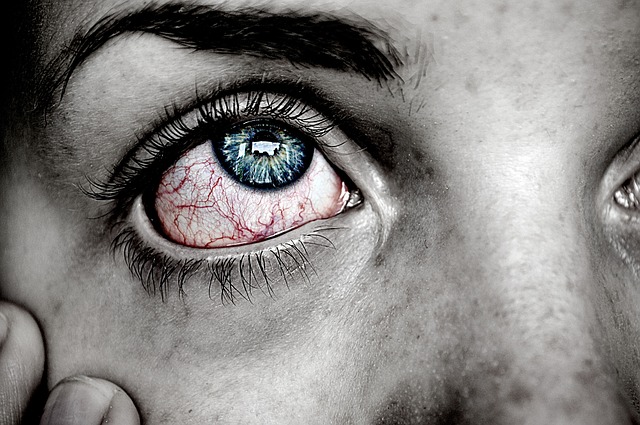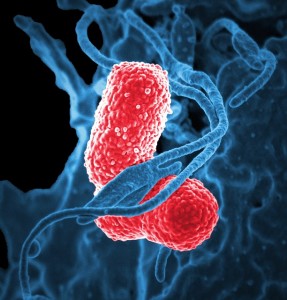What is Systemic Lupus Erythematosus
Systemic lupus Erythematosus, also known as SLE, is an autoimmune diseases characterized by the chronic inflammation of various body tissues.
The condition occurs when the body tissues are attacked by its own immune system.
The study show that more than one 1.5 million people in America have been with SLE. However, it is believed that there are number of cases that go unreported.
In fact, about 90 % of the victims are women, who have attained childbearing age.
The SLE has phases of mild systems that alternate with worsening symptoms.
Fortunately, people with this condition lead a normal life.
-
Causes of SLE
The exact cause of this condition has not yet been established.
However, there many factors that have been linked to SLE;
Genetics: The scientists have linked SLE to genetic causes.
Although it is not linked to specific genes, the disease is common to people who have family members suffering from autoimmune diseases.
Environment: The diseases can be triggered by a number of environmental factors such as UV rays, emotional and physical factors, trauma, and certain medications.
Gender and hormones: The study reveals that women are the mostly affected by SLE.
In most cases, women experience worsening symptoms especially during menstrual periods and pregnancy.
This has made scientists speculate that female estrogen plays a role in this disease.
-
Signs and symptoms of SLE
SLE symptoms can change over time, but the following are common symptoms of the disease;
· Painful and swollen joints
· Severe fatigue
· Headaches
· Hair loss
· Blood clotting problems
· Rash on nose and cheeks
-
Diagnosis of SLE
There is no known single diagnosis of SLE but the following screenings help the doctor;
· chest X-rays
· blood tests
· urinal analysis
In some cases, a doctor can refer a patient to rheumatologist who specializes in treating joints and soft tissues diseases.
-
Treatment of SLE

There is no curative treatment of the disease, but the aim is to ease the symptoms.
The treatment will depend on the body parts affected and how severe the symptoms are.
The doctor can use anti-inflammatory medications for joint paints. Moreover, the rashes are treated using steroid creams. Corticosteroids in varying doses can reduce immune response.
Also, the doctor can use anti-malarial drugs to treat symptoms associated with the disease.
In some cases, the patients are advised to follow specific diet and minimize stress to avoid triggering of symptoms.
As the condition may lead to osteoporosis, the patients are usually referred to doctors who specialize in treating bone problems.

